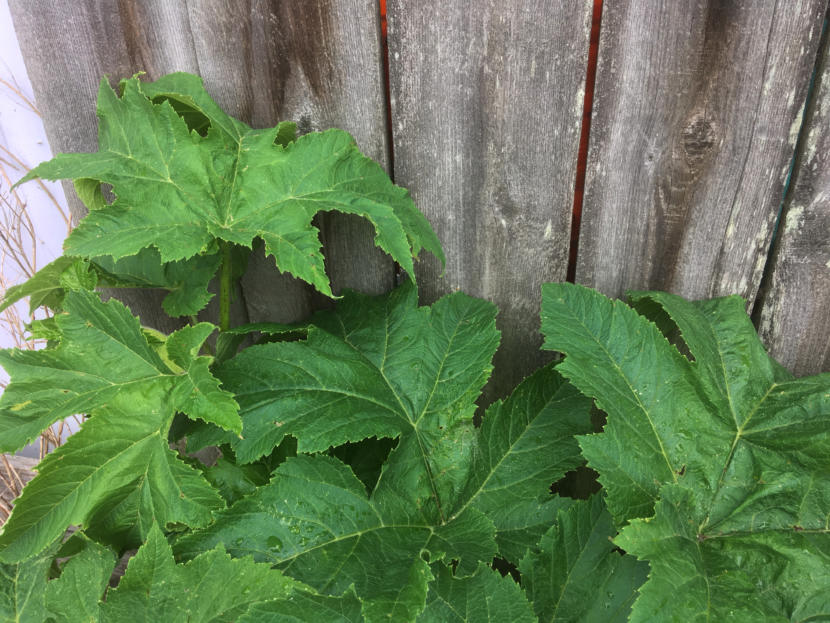
Even with the light rainfall that fell on Southeast Alaska this week, gardeners should keep an eye on whether their plants and garden vegetables have enough moisture during the current drought.
Master Gardener Ed Buyarski said a simple trick is sticking a finger into the soil to check for moisture. Typically, the surface will dry out faster than the soil’s deeper layers.
Buyarski also reminds us to check our trees and all those potted plants sitting on the deck or hanging from the eaves.
“If we have a breeze on a sunny day, they really dry out fast,” Buyarski said. “We may need to be watering those almost every day.”
For this week’s gardening question, listener DJ asks, “How do you kill cow parsnip?”
Buyarski advises carefully cutting down cow parsnip if you want to remove it from your yard.
Sometimes called wild celery or other variations, the perennial plant secretes a substance that can cause painful blisters after the skin is exposed to sunlight. He suggests protecting your face, hands and arms before manually removing the plant. Cow parsnip have large, foot-long taproots which may be difficult to dig out.
Herbicides like Roundup may work if applied to a young plant’s leaves or the interior of the stalk or taproot after you cut down most of the plant.
Covering the exposed root with cardboard may also kill the plant or prevent it from sprouting again.
At the very least, Buyarski suggests cutting off the white, umbrella-shaped flower heads before they bloom or set seed.
And never use a lawnmower or weed wacker to cut or knock down the plant, which Buyarski said can effectively vaporize and distribute the plant’s secretions.
“So, now there’s juices in the air, juice that will land on your bare skin, whether it be face or hands,” Buyarski said.
Do you have a garden question for Ed? Fill out the form below, and he’ll answer your question in an upcoming segment.
Listen to past episodes and subscribe to the podcast on the “Gardentalk” page, so you’ll never have to worry about missing Thursday’s live radio broadcasts.
